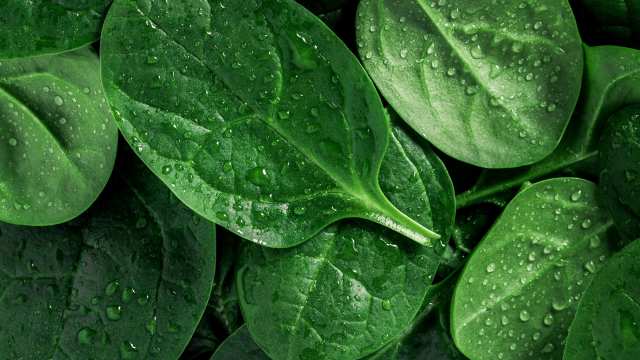My Yoga Routine in India
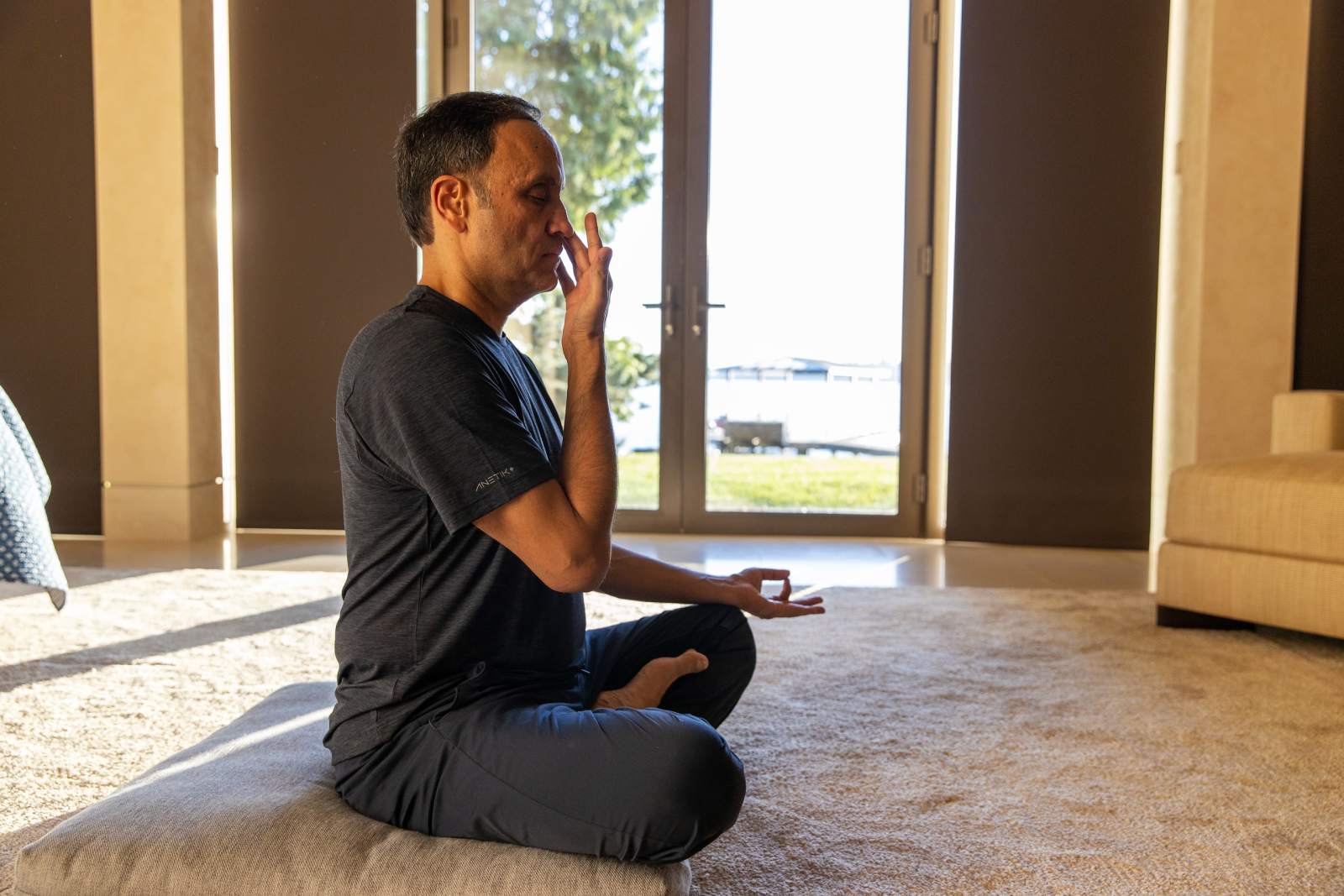
Yoga makes me feel alive and energetic. It helps me maximize my day. But it is much more than a physical exercise — like my philosophy of Wholistic Wellbeing, it’s a holistic way of living that enhances wellbeing, improves health, and helps in spiritual growth. Not just that, yoga helps you build a social tribe and fosters a sense of community.
I have been practicing yoga with expert coach Kush Panchal for more than two years now and am dedicated to the practice. I practice yoga three to four times a week with him, mostly online, as I’m familiar with the asanas and techniques. When I started doing yoga with Kush, I had stiff back and pelvic muscles, but my flexibility has improved dramatically over time. My endurance and cardiovascular fitness too have improved a lot due to regular practice of pranayama and kriyas. Yoga helps me engage my whole body and move it in coordination with my breath for a mindfulness experience like no other.
On my last journey to Mohali, India, I practiced yoga under Kush’s guidance to amplify the benefits of the Ayurvedic wellbeing program I was undergoing.
Here are some of the asanas I practiced:
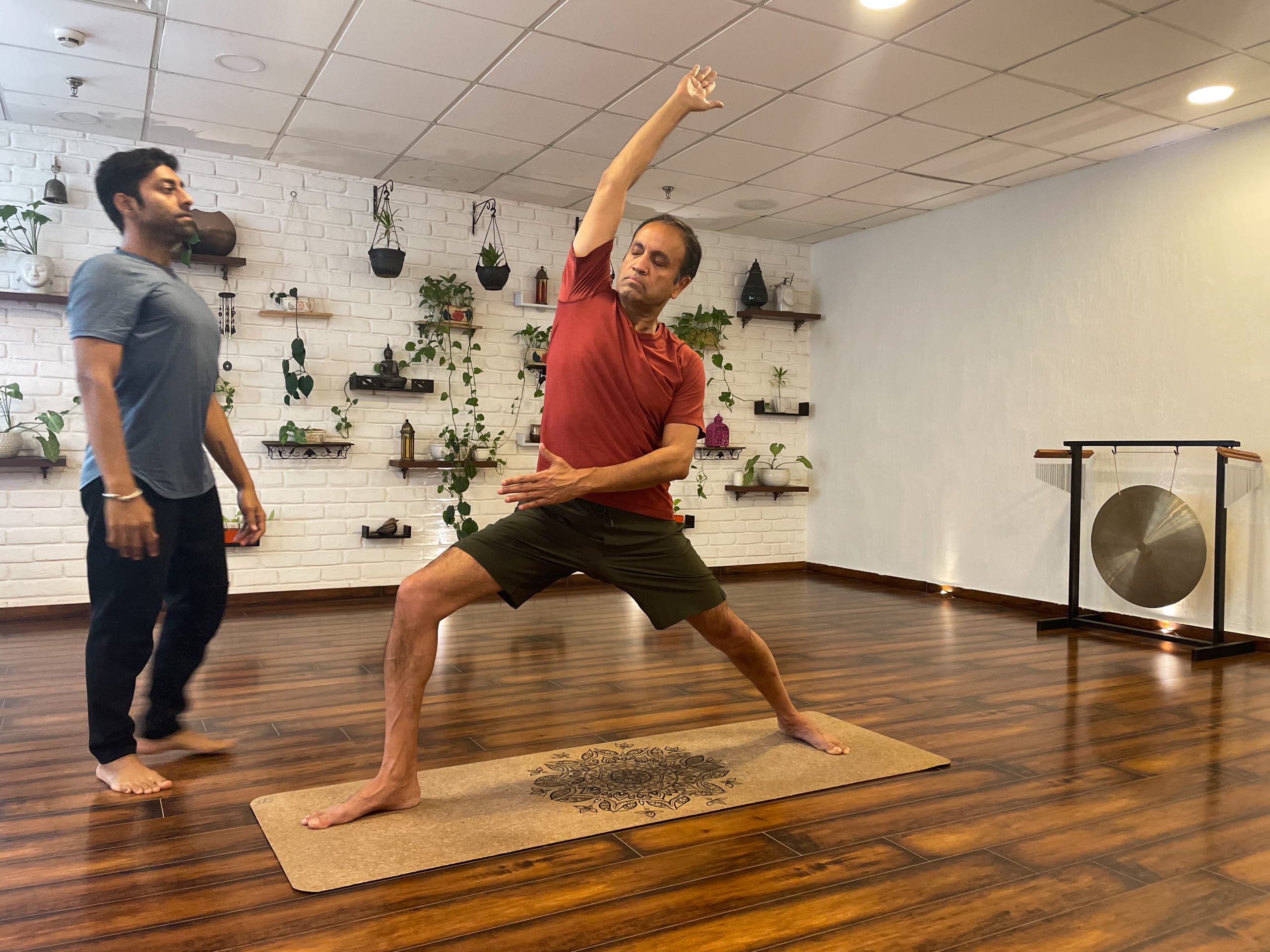
Virabhadrasana: This asana, also called the Warrior Pose, is a group of three lunging standing asanas that are done in a sequence to amplify their effect on the body. It involves alignment of the body — legs, feet, and arms — and helps strengthen the back muscles, glutes, and hamstrings apart from improving balance. Here I’m doing a variation of Virabhadrasana 1, which helps make space between ribs for the lungs to expand fully and helps improve breathing.
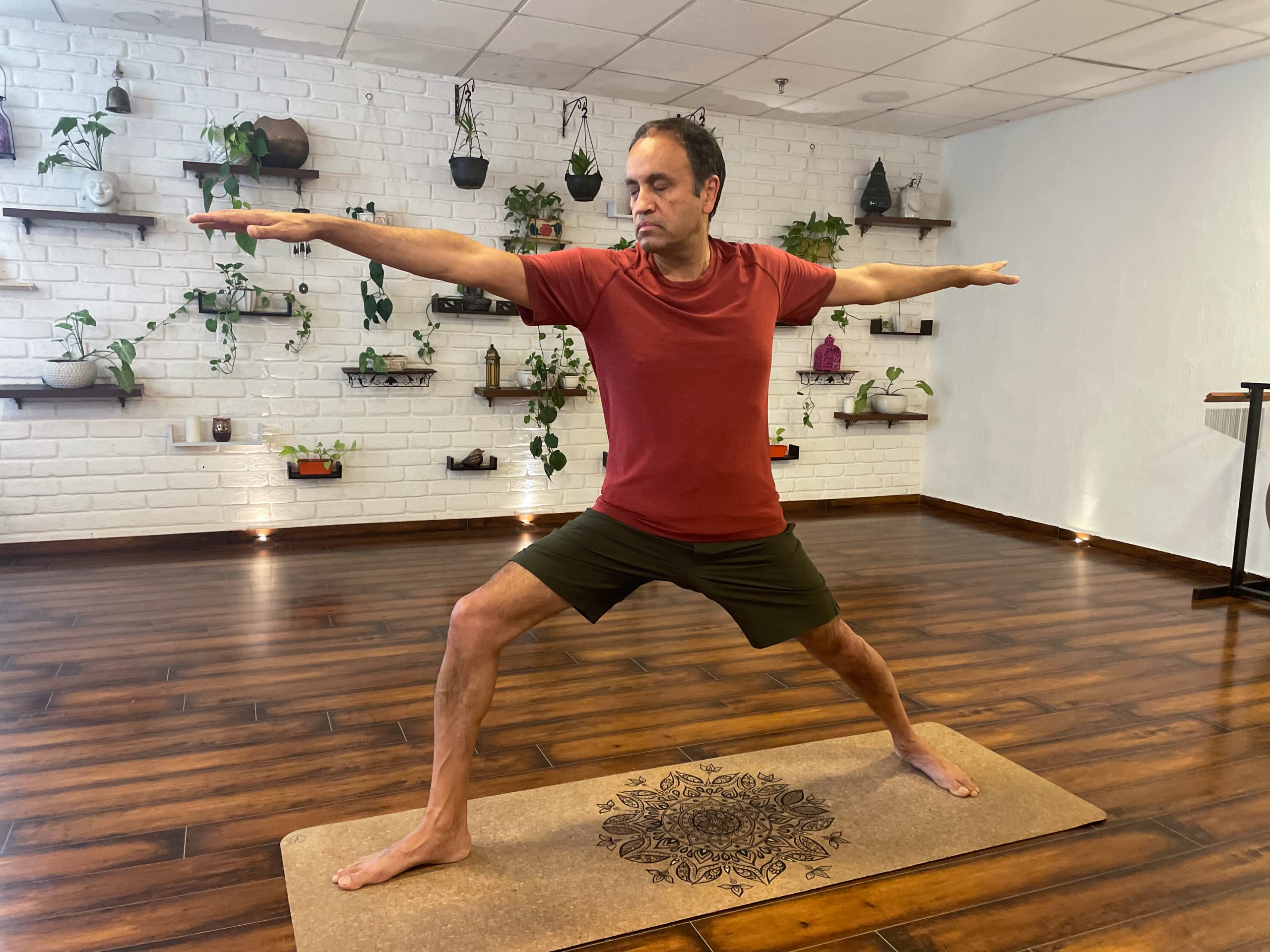
Virabhadrasana 2: This is a tough asana but one of my favorites. It is performed in a standing posture, similar to Virabhadrasana 1. It enhances strength, especially in the lower body, improves stability and concentration, and energizes the entire body.
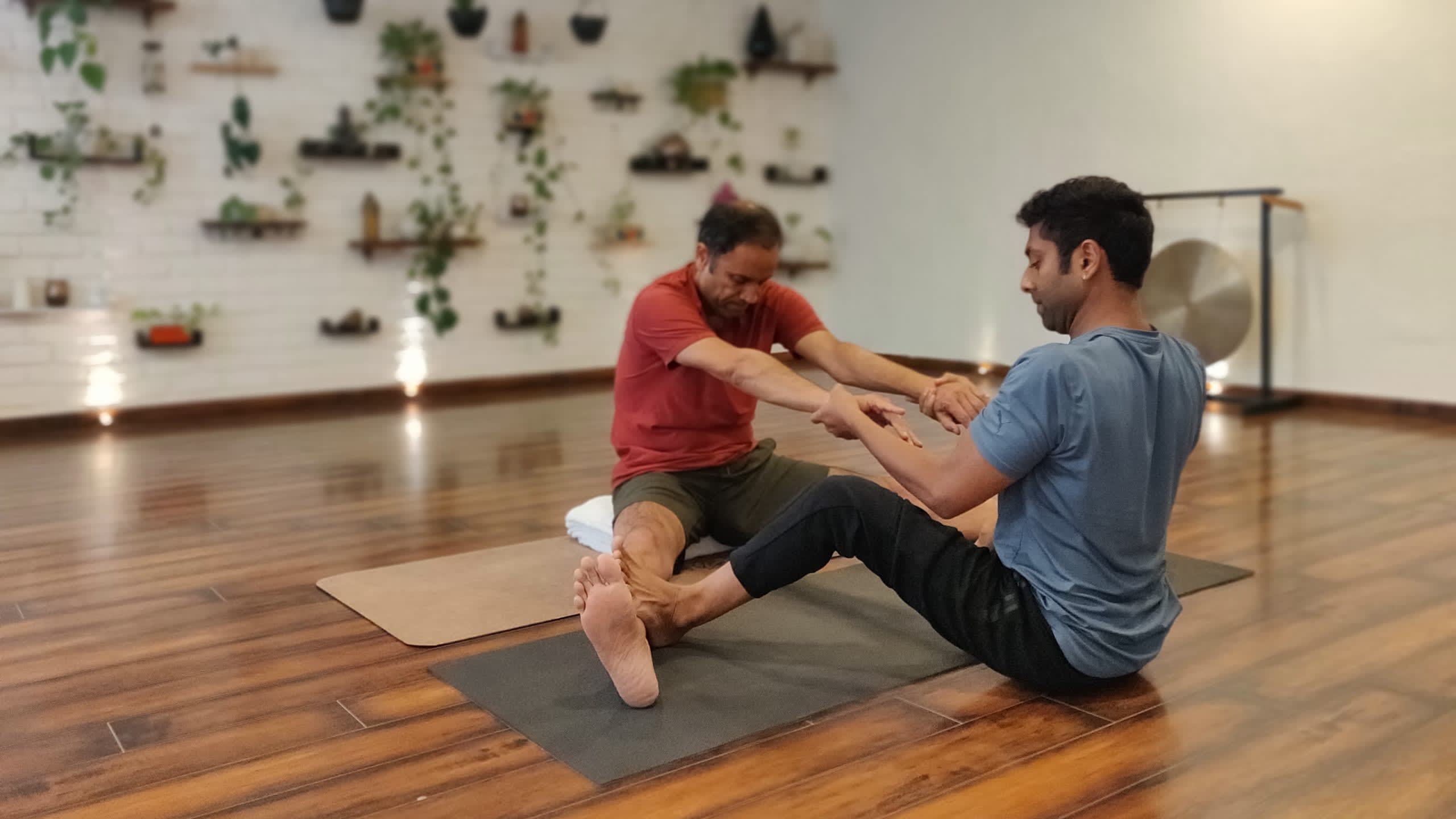
Upavistha Konasana: This asana, known as the wide-angled seated forward bend, is where I struggle the most. It is beneficial for those with a sedentary lifestyle and helps improve posture. It stretches the hamstrings, calves, and inner thighs, and helps improve circulation in the pelvic muscles.
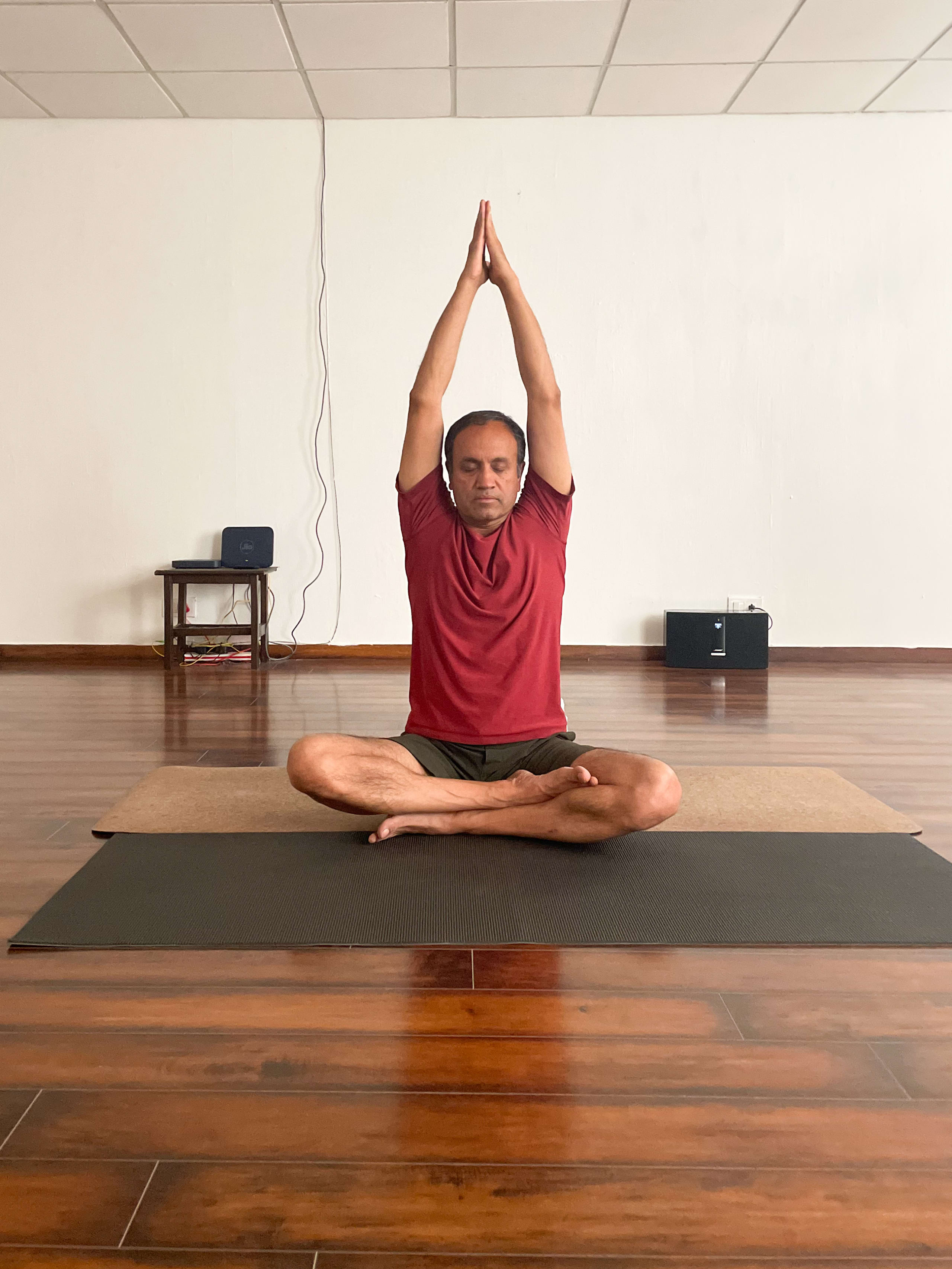
Parvatasana: This yoga pose may be performed seated or an inverted mountain pose. It helps remove spinal defects and improve posture by strengthening the spinal column. It also helps stretch and tone the legs and arms muscles.
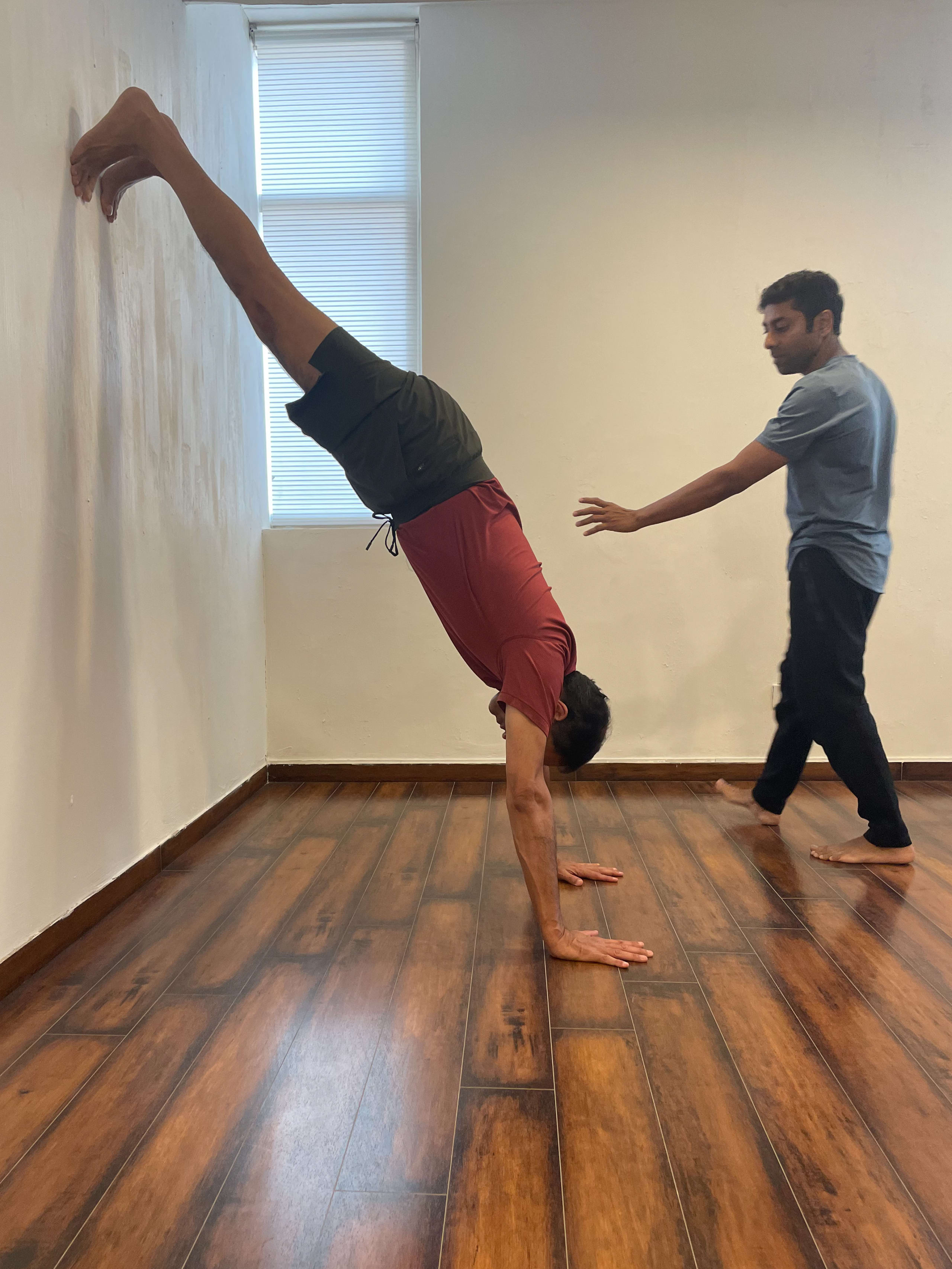
Adho Mukha Vrikshasana: The handstand pose builds strength in the shoulders, back, and abdomen, while uplifting your mood and increasing confidence. It makes you learn to be comfortable with instability, which gives you a sense of how to move through life’s challenges and broadens your horizons.
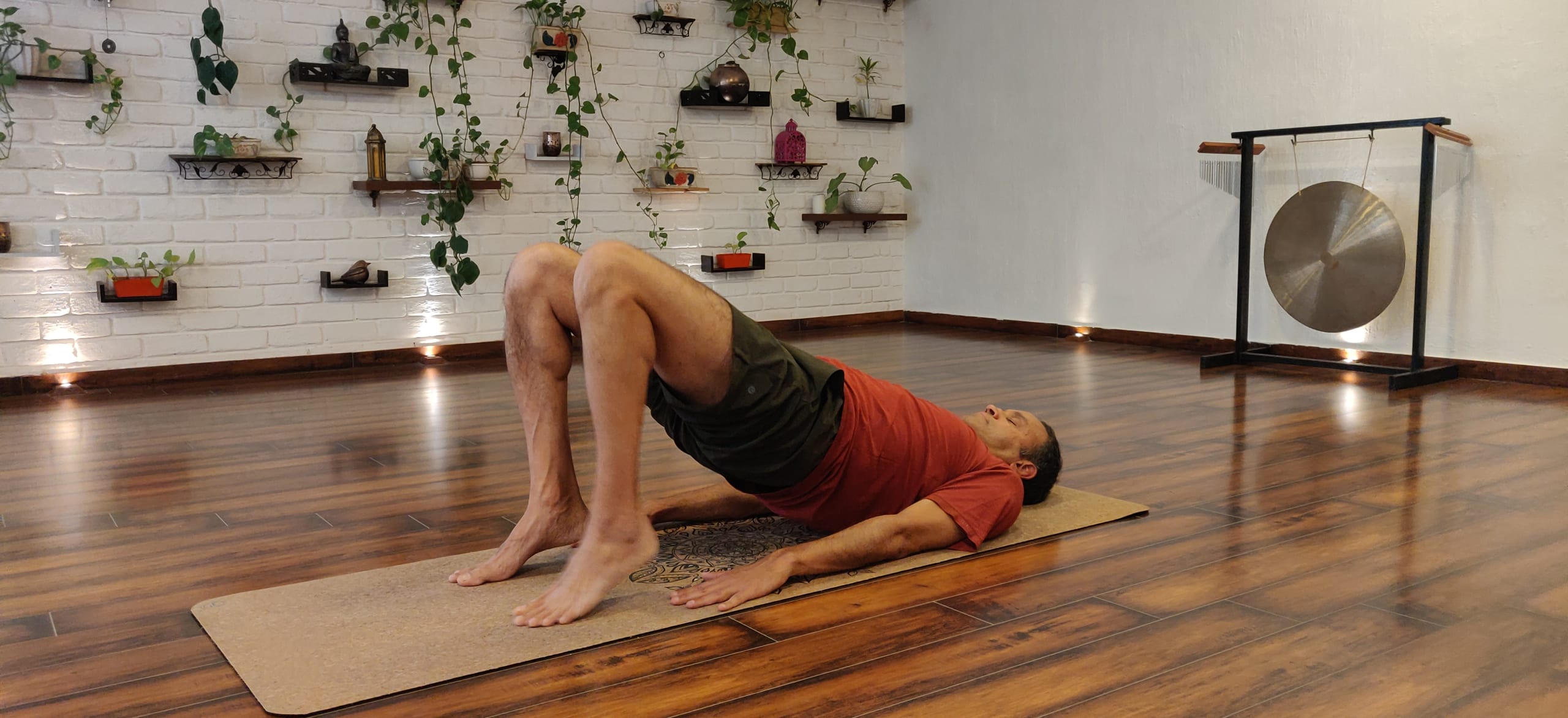
Setu Bandhasana: Also called the bridge pose, this asana derives its name from the Sankskrit word setu or bridge and bandh or lock. It is a backbend that strengthens the legs and hips, massages the spine, and opens the heart.
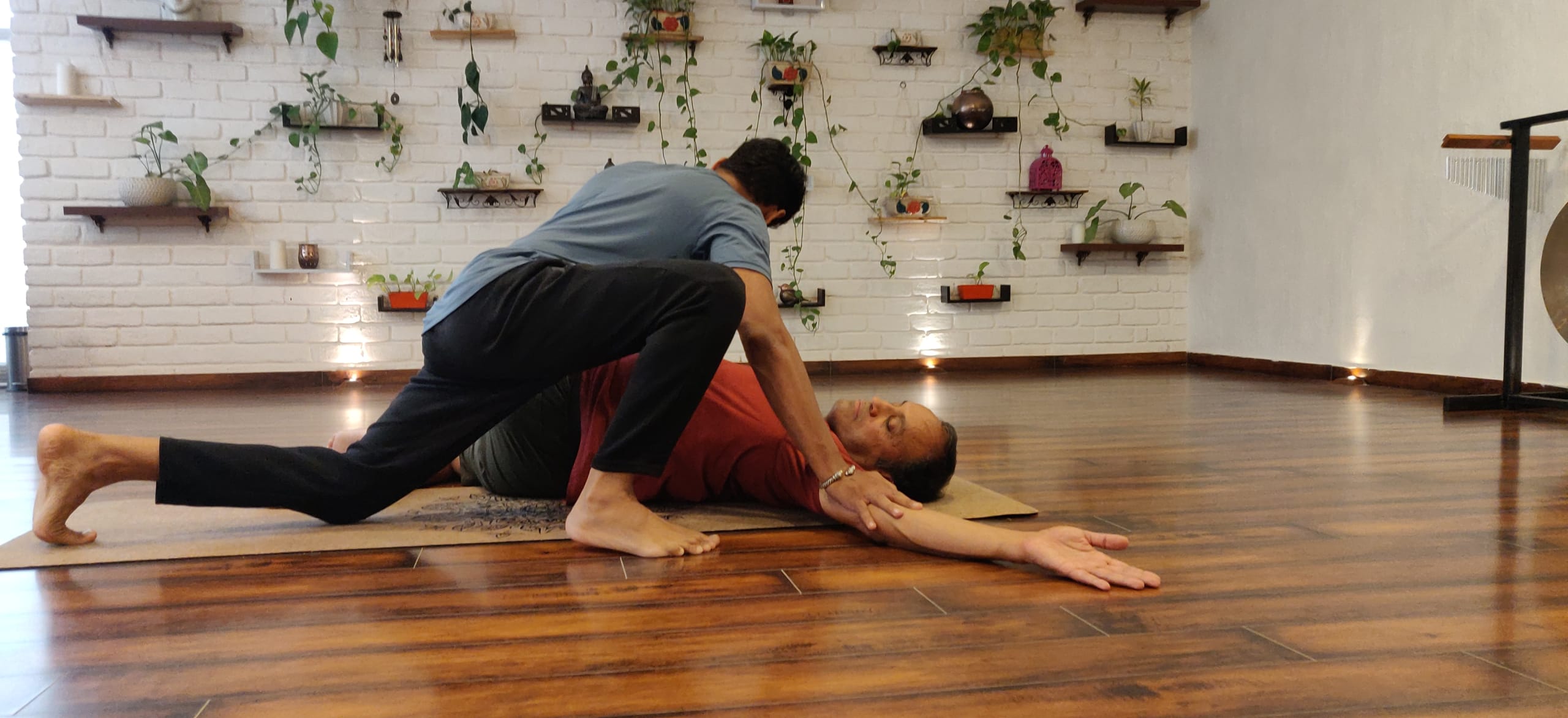
Shava Udarakarshanasana: Also known as the Universal Spinal Twist, this asana is helps realign the hip joint and removes tightness from the lower back; it also aids digestion by stretching the digestive system.
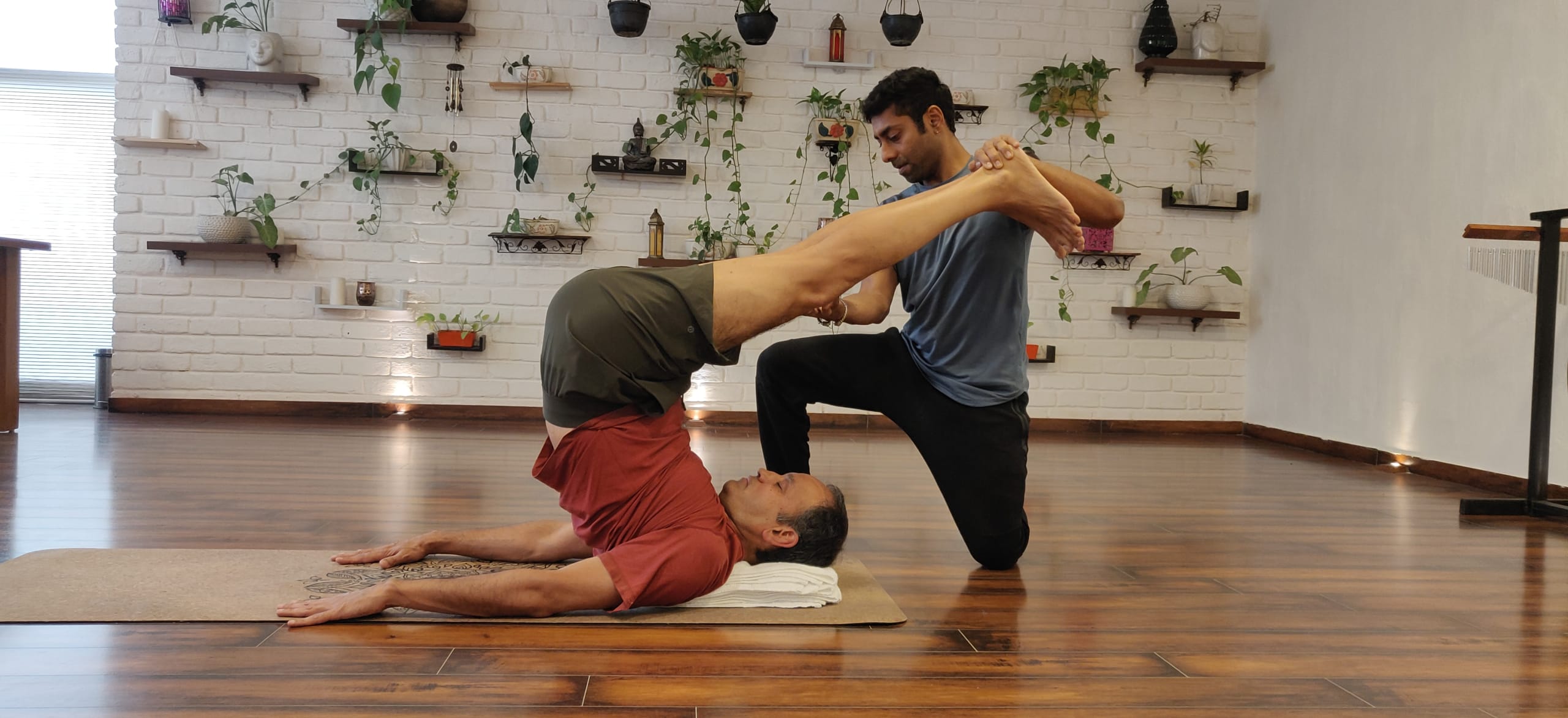
Halasana: This is a forward bend in which I have made much progress. Halasana stretches the spine and strengthens and tones the back muscles, relieving tightness in the neck, shoulders, and back and improving flexibility.
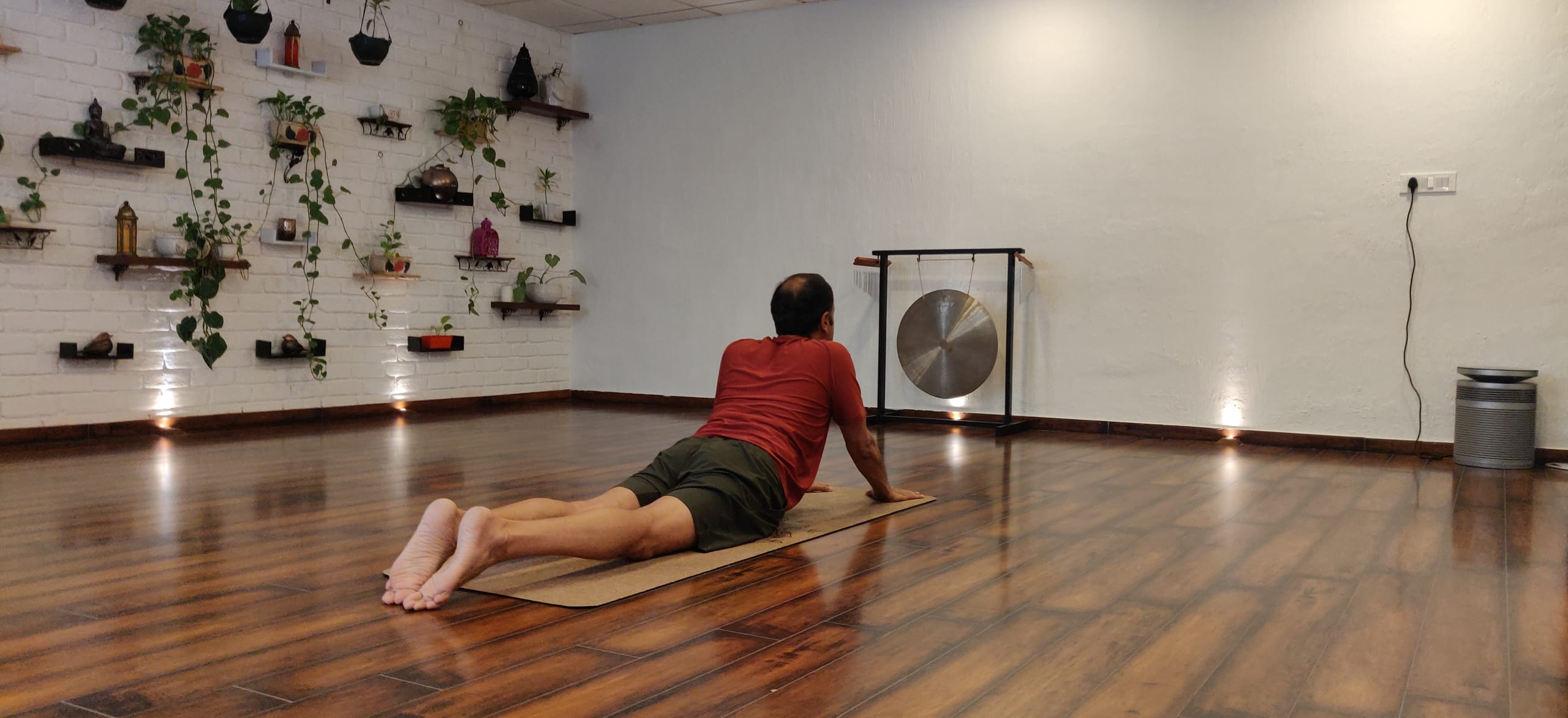
Bhujangasana: The ultimate backbend, I hold Bhujangasana for at least 30 breaths. It stretches and tones the chest and shoulder muscles, opening up the lungs and heart. It also strengthens the pelvic muscles and reduces stress and anxiety.
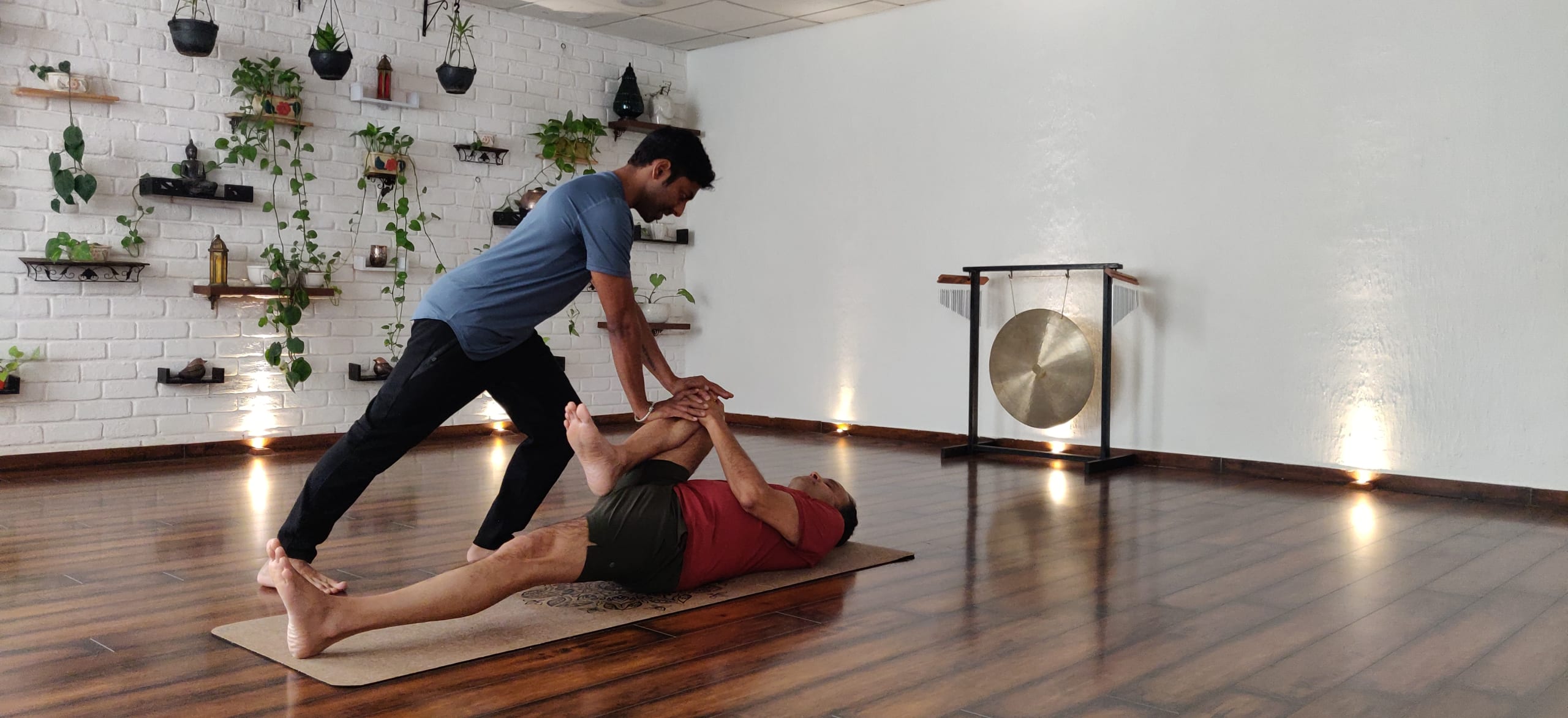
Ardha Pawanmuktasana: This posture puts pressure on the abdomen and the digestive system, eliminating wind and preventing constipation. It stimulates internal organs such as the pancreas, intestines, and other organs around the stomach.
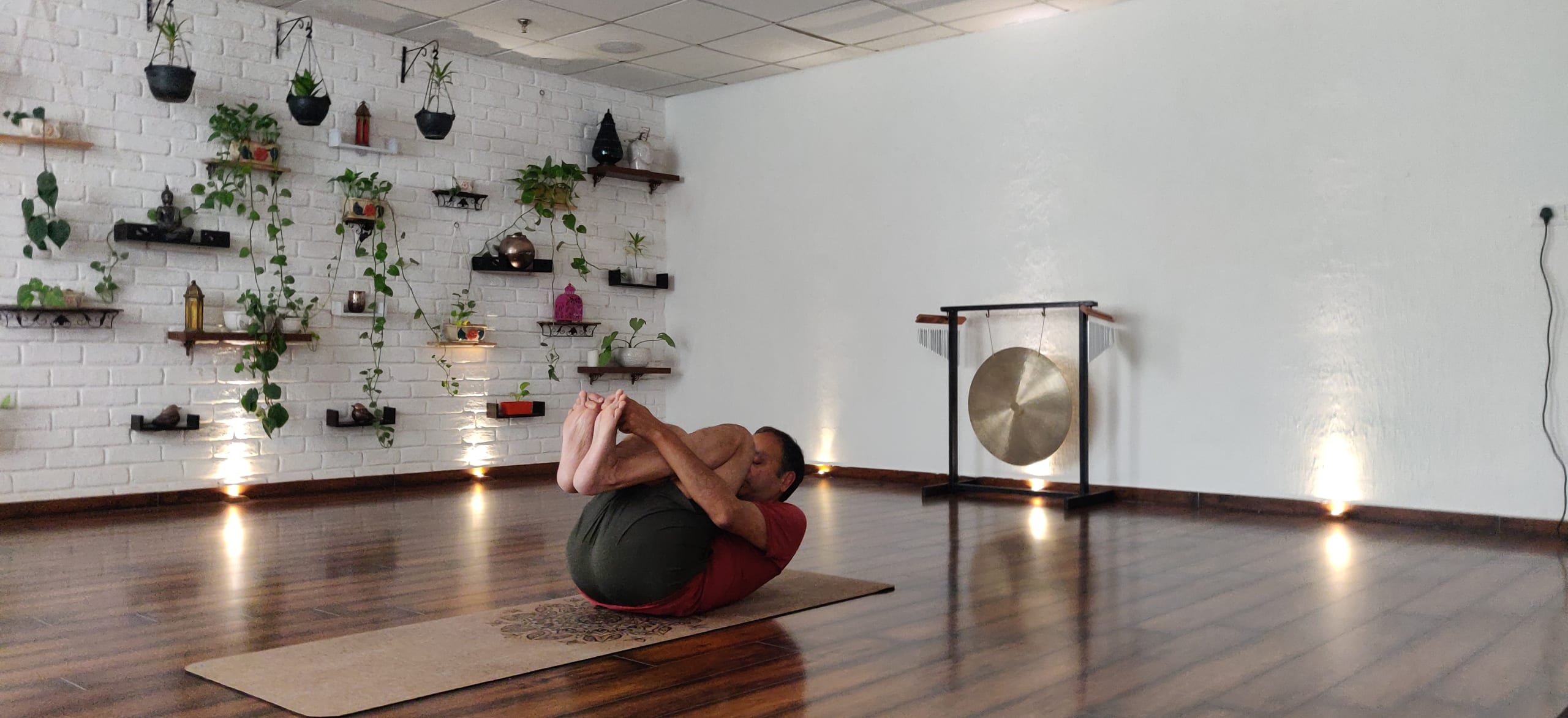
Purn Pawanmuktasana: This asana helps release accumulated wind from our stomach and intestines. It regulates appetite, improves mental health, regulates bowel movements, and assists in weight loss.

Bhastrika: This pranayama helps reduce stress and anxiety and relaxes the body and mind. It enhances lung and heart functions and can help control blood pressure and improve heart health and blood circulation.
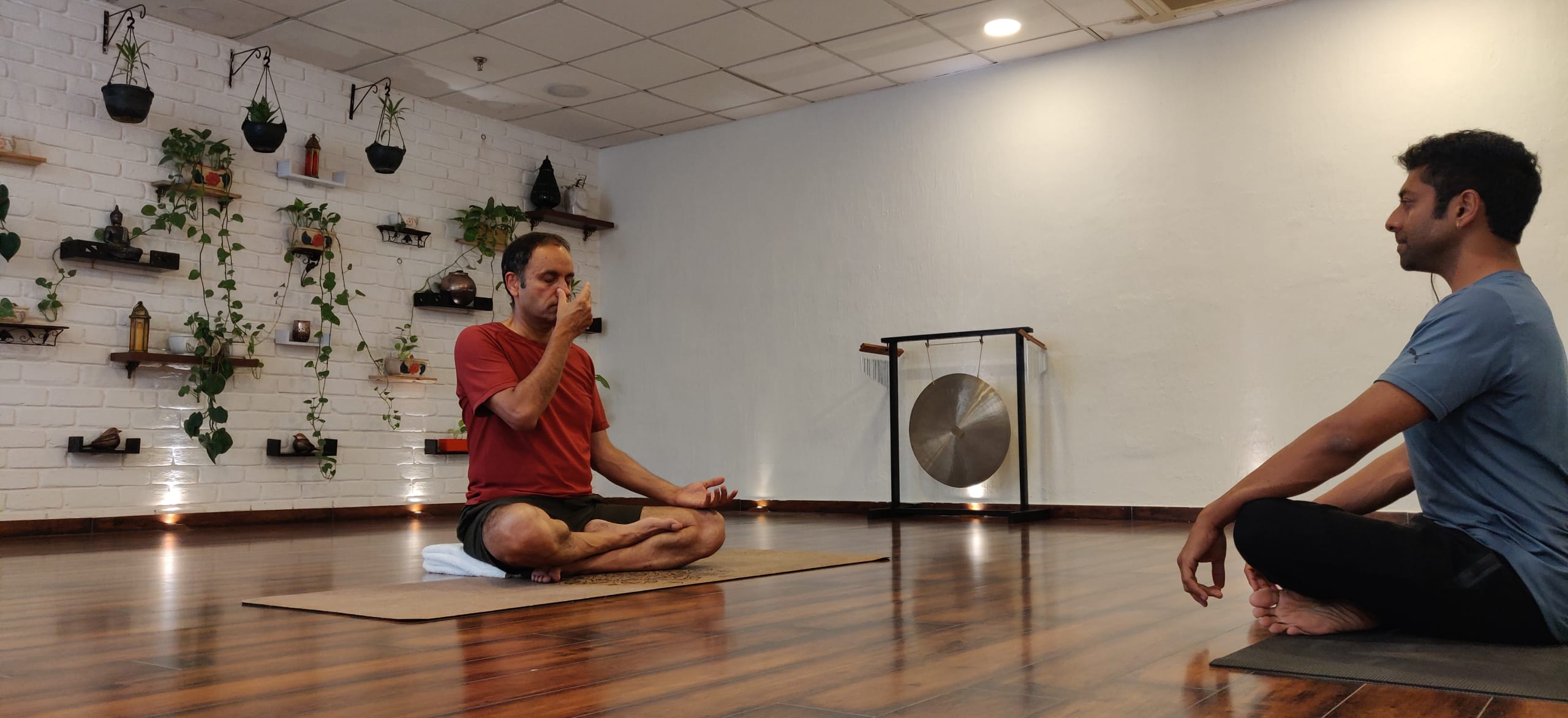
Anulom Vilom: This Pranayama is an alternate nostril breathing exercise that improves patience, focus, and control.

Savasana: This Yog Nidra pose relaxes the mind after all the intense asanas.
The word “yoga” is derived from the Sanskrit root yuj, meaning “to yoke,” or “to unite” and the practice aims to create a union between the body, mind, and spirit. The asanas and pranayamas are designed to put one in a meditative state, which helps me live in the now and become aware of the connection between my individual consciousness and the universe. After each yoga class, I feel a state of bliss.

